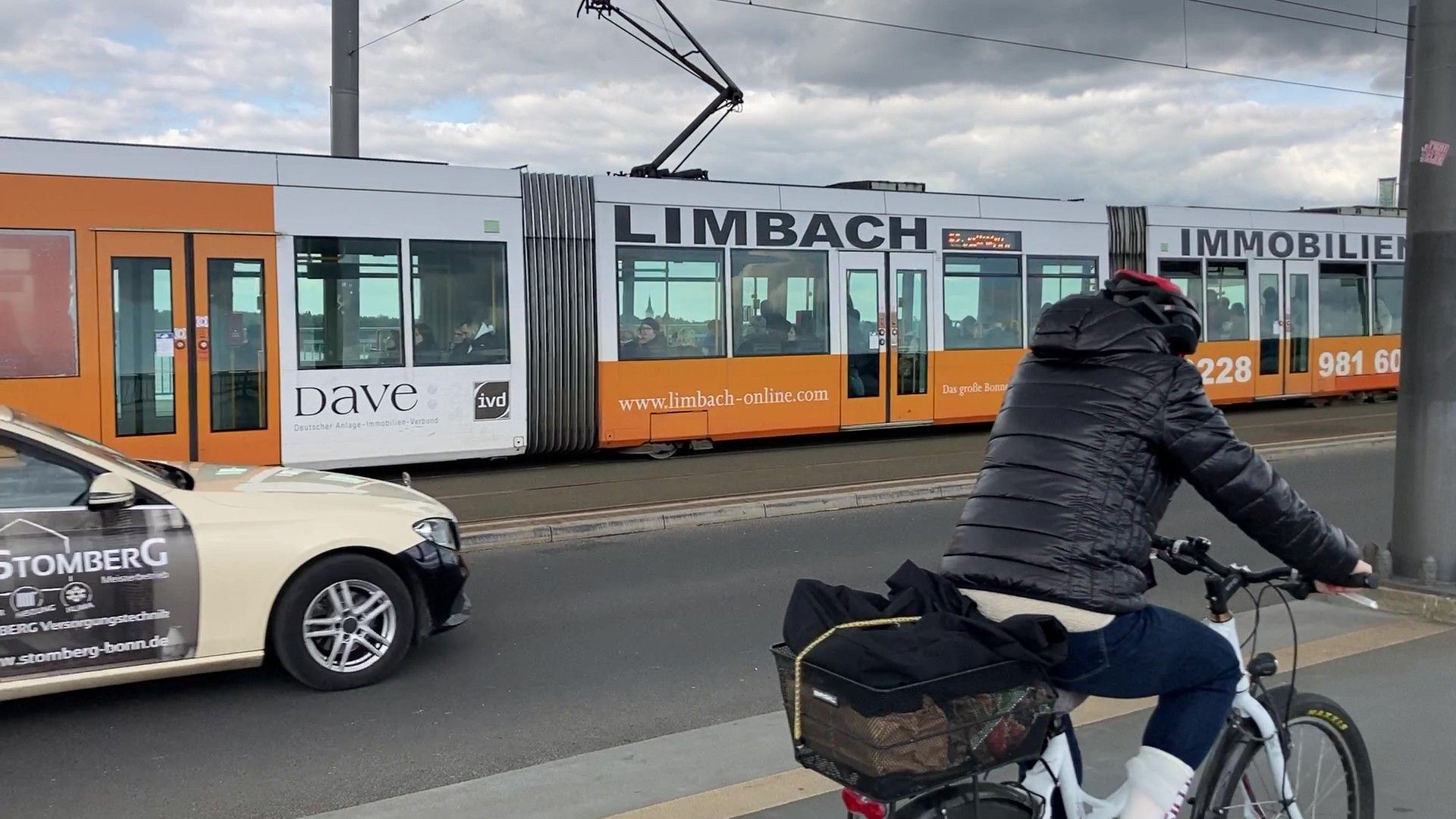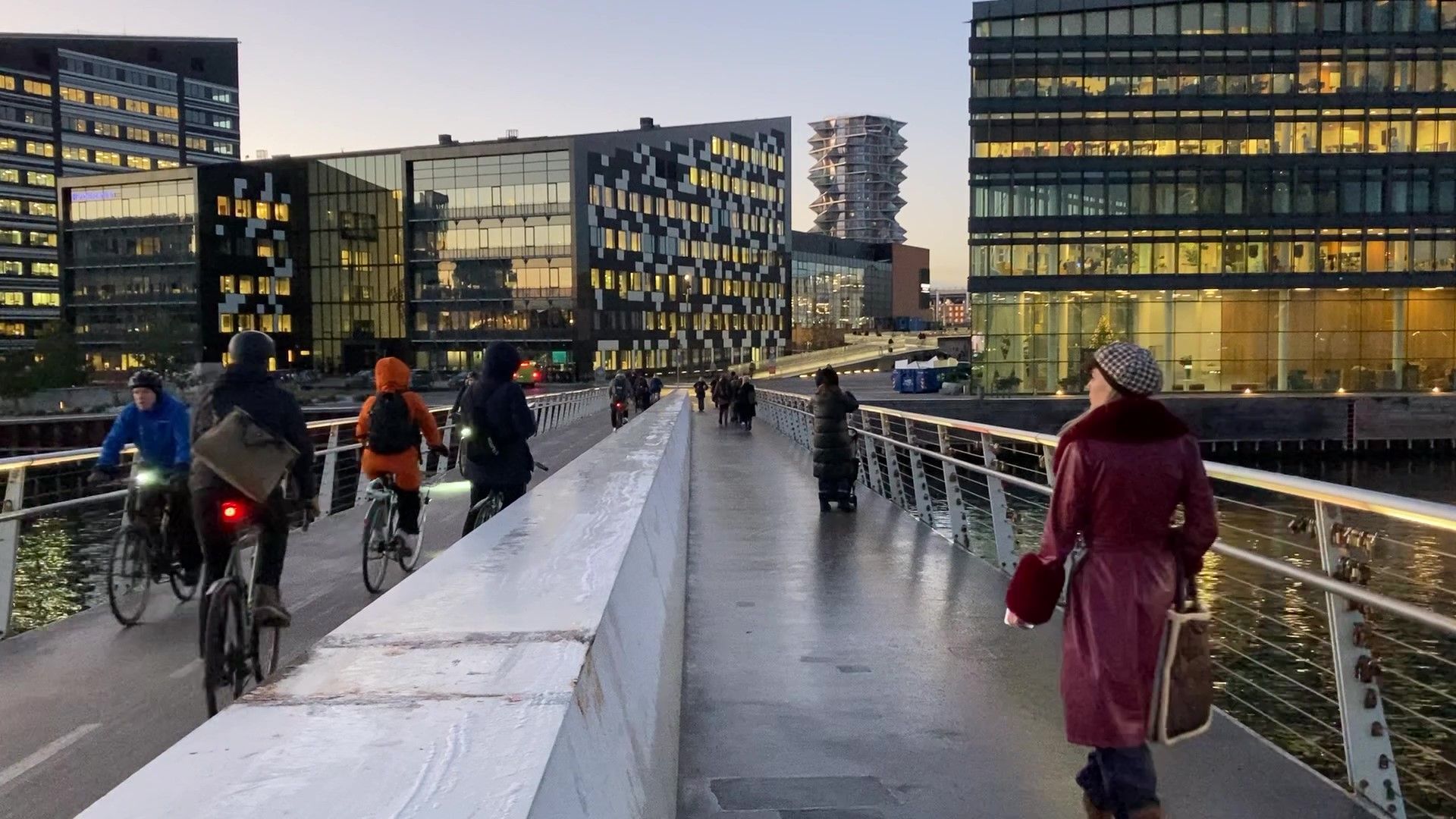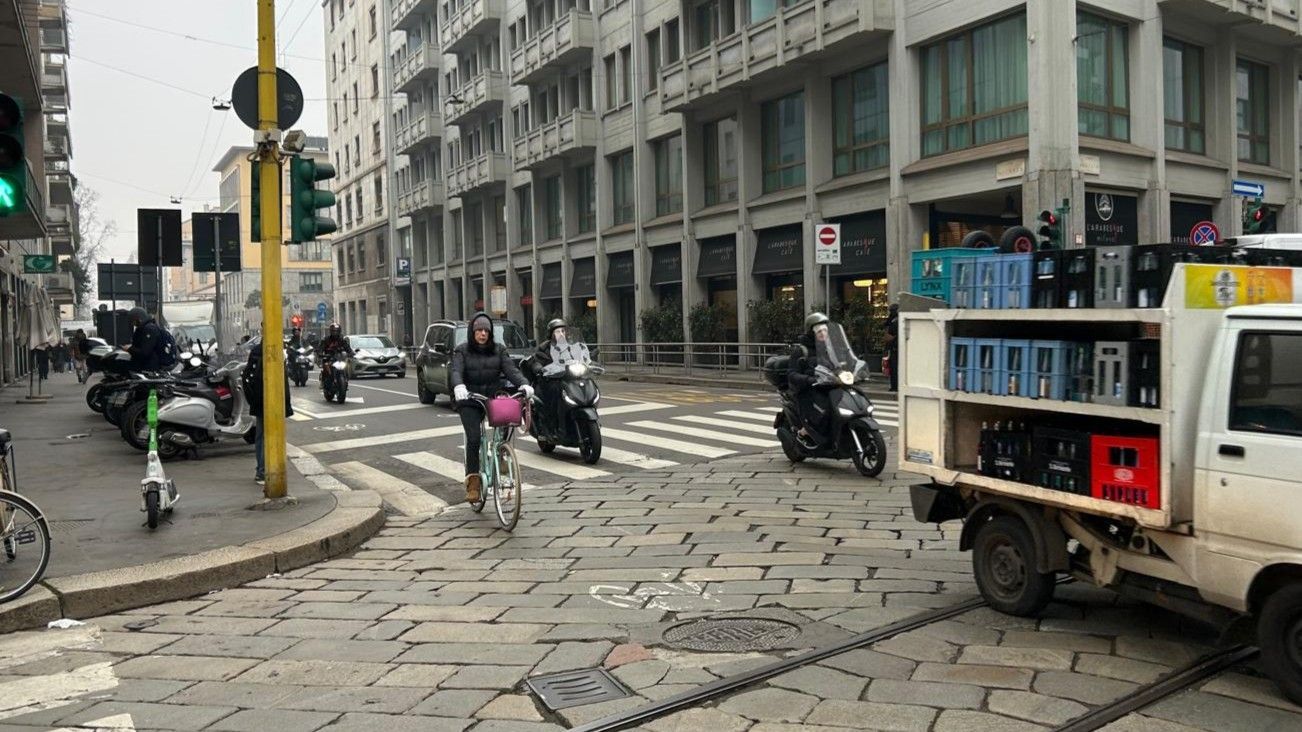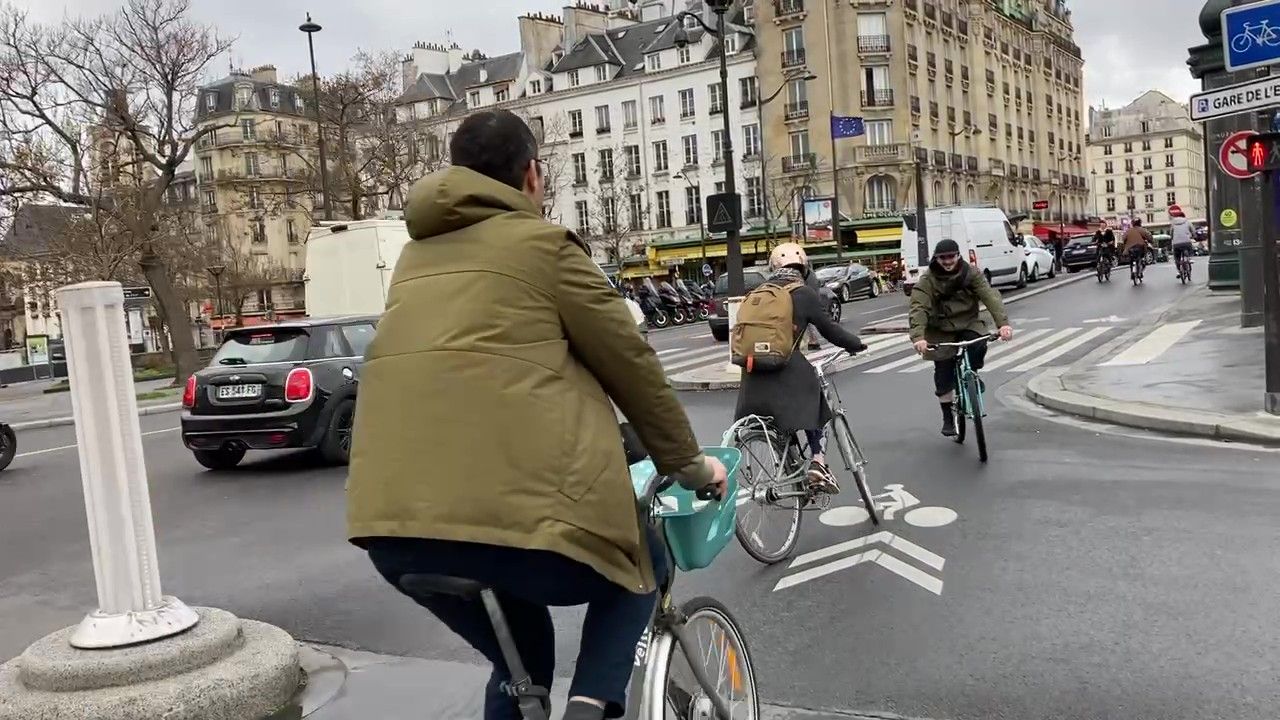Parking policy (part 1). Evolution and usual practices of curb and off-street parking
Parking policy (part 1). Evolution and usual practices of curb and off-street parking

INTRODUCTION
Despite being built to move people, a car spends on average more than 95% of its existence parked (Shoup, 2005; Bates, 2014). Parking plays an important role in the decision on whether to possess and/or to use the car. The availability and the quantity of parking at residential locations have a significant relationship with car possession (Guo, 2013).
The availability and price of a parking spot at destination also have a significant influence on the use of the car to go to work, to school or for other activities (Shoup 2005; Stead and Marshall 2001; Warffemius 2015).
Even if there is not scientific evidence for that, it is believed that for each car at least 3 parking spaces are necessary: one at home and two at other destinations (Shoup, 2014).
Given the rise of new demand for curb space linked to new forces of change such as deliveries of goods ordered online, increased use of shared mobility (including taxis and micromobility), and increased space reclaimed by pedestrian and cycling areas, there is increased competition around the use of such space and need for regulation (Mingardo, Vermeulen, & Bornioli, 2022).
With regard to parking policy, one of the major policy dilemmas for urban planners is the choice between short term versus long term parking i.e., the choice between a parking policy that stimulates short term parking [usually up to 2–3 h] and a policy that stimulates long term parking [usually between 4 and 8 h]. This dilemma originates from the simple fact that a parking place can be used only by one motorist at the time. (Mingardo, Vermeulen, & Bornioli, 2022). Usually, planners can use two kinds of parking regulations to this end: time restrictions and/or pricing parking (Mingardo et al., 2015; Litman, 2018). Despite these regulations have been used for more than half a century, there is little empirical evidence on their effects on parking duration. Evidence suggests parking demand being inelastic (Marsden, 2006; Pierce and Shoup 2013). Evans (2005) noted that price increases cause shift in location or changes of behaviours, rather than changes in demand or in travel mode. Accordingly, pricing only might not be enough if local authorities want to influence parking duration.
EVOLUTION OF PARKING POLICY: A CASE STUDY OF THE UNITED STATES
In this example, we observe the treatment of parking policy in the United States, highlighting how a Western country has transformed the underlying principles guiding its parking policy.
Parking supply and management has been a matter of public policy in the United States since the early 1900s. Parking bans and strict time limits were imposed on downtown streets across the country by police departments and traffic engineers.
For decades after the advent of the automobile, city engineers and planning elites strongly opposed curbside parking because it was an inefficient use of public space and impeded traffic.
However, as car ownership skyrocketed, pressure for parking grew. From 1920 to 1960, American cities responded to this demand by increasing the supply of both curbside and off-street parking (This increase very likely induced greater demand for driving and parking). Cities removed curbside parking bans, built huge numbers of both government and business-funded parking garages, metered curbside parking on shopping streets, and, finally, required that both new residential and commercial development include off-street parking, which immediately influenced urban and suburban land use.
The dominant Administration philosophy assumed parking would be free, and that most, if not all, trips would be auto trips. Even momentary parking shortages were deemed unacceptable. Thus city ordinances began to require sufficient parking space to serve the highest projected parking demand, under the assumption that all visitors would arrive by private automobile and that parking would be free.
Depending on minimum parking requirements, the increasing dispersion makes other modes of travel infeasible. Walking becomes impractical because the space required for parking creates great distances between destinations; transit is adversely affected because densities are lower than reasonable transit service thresholds.
Bicycling also becomes untenable because the dispersed land uses are served by collector streets that are too dangerous and uncongenial for cyclists to use.
By degrading conditions for alternative modes, parking requirements feed a cycle of auto dependency. The parking requirement degrades other travel options and leads to increased auto use.
Entry points to parking facilities require vehicles to cross sidewalks creating many points of pedestrian / auto conflict. This further degrades the walking environment feeding the dependence cycle.
The sum of these unintended consequences is increased automobile trips, which, in turn results in excess congestion, air pollution and greenhouse gas emissions (Weinberger, Kaehny, & Rufo, 2010).
USUAL PRACTICES OF “COMMERCIAL” CURB PARKING
There is a universal consensus that curbside parking on commercial streets is best used by short-time parkers, including: delivery and service vehicles and short term visitors, often shoppers. There are five direct ways to address demand for urban curbside parking:
One of the most popular strategy for managing the demand for curbside parking has been to increase the supply of off-street parking. As cities experienced curbside parking shortages, they mandated off-street parking and / or encouraged private garages. There are multiple problems with this approach. Increasing the off-street parking supply encourages more driving. Since the supply of urban street space is fixed, additional driving contributes to traffic congestion, air pollution and other social costs. It also consumes valuable land in the urban core and degrades the pedestrian environment.
Restrictions on user groups
Restrictions on user groups can work well if the privileged group, usually commercial vehicles, is also subject to metering and expected to park for short time periods. The most common form of curbside restriction on commercial streets is to ban private cars and allow only vehicles with commercial license plates or permits. These “commercial vehicle only” rules are typically combined with time limits and / or commercial vehicle meters.
Restrictions that allow privileged user groups to park for long periods at the curb without metering contribute to parking shortages and traffic dysfunction. Examples are parking permits for the private cars of government employees and handicap parking permits. Both kinds are widely abused in the cities where they are used.
Time limits
Time limits are among the earliest and most common ways to ration space. They have repeatedly been shown to be ineffective and are difficult to enforce. Time limits tend to result in a “shuffle” in which commuters and other long-term parkers periodically move their cars to avoid being ticketed. Not only are time limits difficult to enforce, they are also inherently inefficient compared to metering.
Curbside parking bans
Cities that ban curbside parking on commercial streets use the curbside space for buses, through traffic or turning lanes. Also, common are peak-hour parking bans and off-peak delivery hours. Curbside parking bans are generally easy to enforce and are frequently, though not always, complied with. They allow optimal use of the curb during periods of highest demand, for example, for peak hour bus service. However, where road capacity is adequate and off-street parking scarce, curbside parking bans may not be practical or desirable.
Metering the curb
Metering is the most effective strategy to manage parking. Transportation experts quickly recognized the connection between meter prices, curb occupancy and cruising.
Donald Shoup has advocated and popularized an 85 percent curbside occupancy target, which has been widely adopted and many experts now advocate setting meter rates at a price that results in an 85 percent occupancy, or one open spot per block. This might be thought of as a market clearing price. Metering is a response to the irrationality of the claim that “paying with your time” is as reasonable a rationing algorithm as paying with money. But this discounts two important facts. First, the motorists cruising for parking pays with his or her time, and the time of everyone stuck in traffic behind him. Second, neighborhood residents suffer from the additional air pollution, noise, danger and degraded quality of life caused by cruising and the additional traffic congestion it engenders (Weinberger et al., 2010).
The most widely accepted method for limiting car usage is parking pricing and supply restrictions (Institution of Highways and Transportation, 2005).
USUAL PRACTICES OF OFF-STREET PARKING
Zoning regulations that mandate minimum parking requirements serve as the primary mechanism for enforcing parking regulations and controlling land use.
Minimum parking regulations impose major societal costs and undermine efforts to create balanced, sustainable transportation systems. They create a cycle that encourages transportation by private automobile, and, in turn, influences public authorities to require more parking.
Minimum parking regulations reduce density, and increase distances between destinations. This reduces land values and increases traffic congestion, storm-water runoff pollution, air pollution, and construction costs, as well as discouraging walking, bicycling and public transit.
Minimum parking requirements are especially damaging to central business districts (CBDs). The inherent advantage of CBDs is density and diversity of land uses. Parking consumes scarce land, reduces density and disrupts and degrades the pedestrian environment. Downtown parking, which is expensive to build, makes mixed residential / office land uses extraordinarily expensive, sometimes inhibiting development. As a result, cities experience “dead downtowns” which empty out after work.
Alternatively, large surface parking lots scattered throughout downtowns usurp real estate making development less feasible and creating unpleasant districts that repel shoppers and workers alike.
Implicit in minimum parking requirements are several assumptions and principles that are often unstated in zoning codes. These include:
- Local governments have the responsibility to ensure that each building’s users are able to access the building by private automobile.
- Each of these users should be able to park at the building without wait at peak hours.
- The cost of these spaces is irrelevant; additional development costs associated with required parking is simply a cost of doing business, no different from meeting standards of structural integrity (Weinberger et al., 2010).
REFERENCES
Bates, J. (2014). Parking demand. In S. Ison & C. Mulley, Parking issues and policies (p. 57-
86). Bingley, UK: Emerald Group Publishing Limited.
Evans, J.E., 2005. Traveler Response to Transportation System Changes: Vanpools and Buspools (No. 95). Transportation Research Board.
Guo, Z. (2013), Does residential parking supply affect household car ownership? The case of
New York City, Journal of Transport Geography, Vol. 26, pp. 18-28.
Institution of Highways and Transportation, 2005. Parking Strategies and Management. Institution of Highways and Transportation, HQ Media Services Ltd., Essex.
Litman, T. 2006. Parking Management Strategies, Evaluation and Planning. Victoria Transport Policy Institute.
Litman, T., 2018. Parking management best practices. Routledge.
Marsden, G., 2006. The evidence base for parking policies: a review. Transport Policy 13 (6), 447–457.
Mingardo, G., van Wee, B., Rye, T., 2015. Urban parking policy in Europe: A conceptualization of past and possible future trends. Transportation Research Part A: Policy and Practice 74, 268–281.
Mingardo, G., Vermeulen, S., & Bornioli, A. (2022). Parking pricing strategies and behaviour: Evidence from the Netherlands. Transportation Research Part A: Policy and Practice, 157, 185-197. ISSN 0965-8564.
https://doi.org/10.1016/j.tra.2022.01.005.
Pierce, G., Shoup, D., 2013. Getting the prices right – An evaluation of pricing parking by demand in San Francisco. Journal of American Planning Association 79 (1), 67–81.
Shoup, D. (2005), The High Cost of Free Parking, American Planning Association, Chicago,
Illinois.
Shoup, D. (2014), The high cost of minimum parking requirements. In S. Ison & C. Mulley.
Parking issues and policies (p. 87-114). Bingley, UK: Emerald Group Publishing Limited.
VTPI, Online TDM Encyclopedia, Victoria Transport Policy Institute (www.vtpi.org), 2005.
Warffemius, P. (2015), Effecten van veranderingen in reistijd en daaraan gerelateerde kwaliteitsaspecten in het openbaar vervoer, Kennisinstituut voor Mobiliteit (KiM), The Hague, the Netherlands.
Weinberger, R., Kaehny, J., & Rufo, M. (2010). U.S. parking policies: An overview of management strategies. Institute for Transportation and Development Policy.






